While the Gulf of Mexico is a region known for oil, it’s also home to something far less expected. Nestled among offshore oil platforms, about 150 miles from Houston, is one of the healthiest coral reefs in the world: the Flower Garden Banks National Marine Sanctuary.
Marine researchers who have visited the Flower Garden Banks describe it with awe in their voices. “When you look out, it can be almost disorienting because there’s so much coral,” said Michelle Johnston, superintendent of the Flower Garden Banks National Marine Sanctuary.
As reefs around the world bleach at alarming rates, scientists are racing to study and preserve this remarkable coral reef in the unlikeliest of places. “We have these magical underwater places, [and yet they are] completely surrounded by the oil and gas industry,” Johnston said.
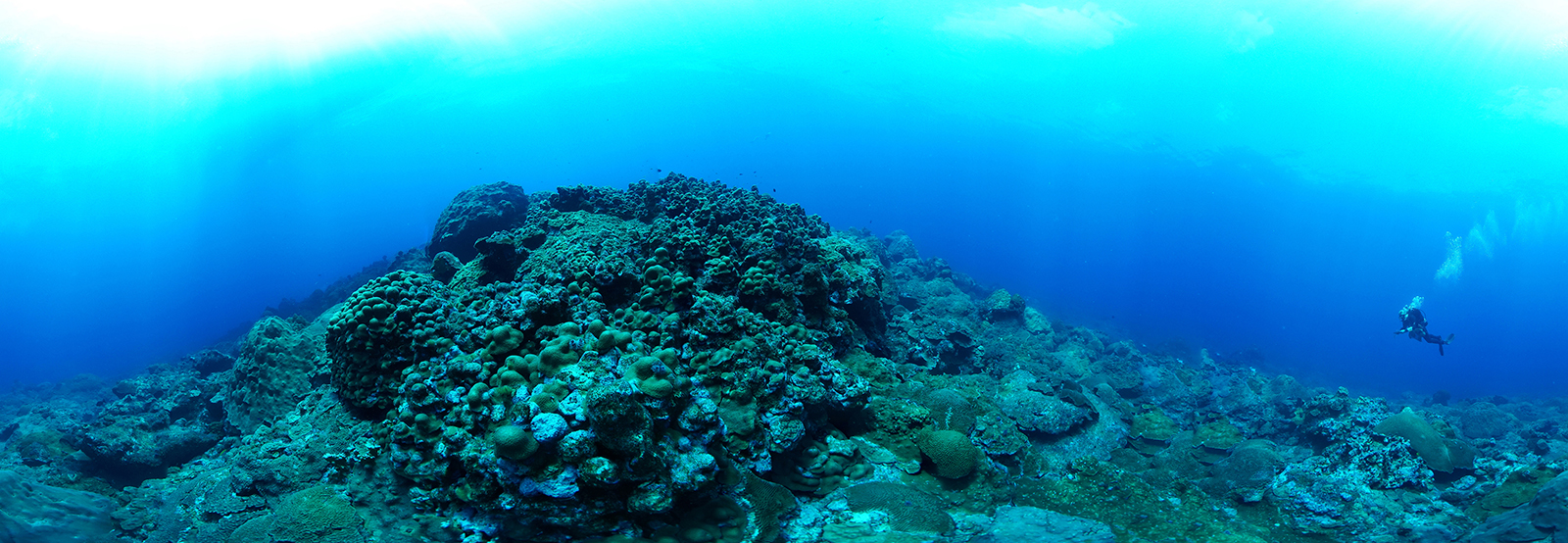
To understand how both can exist in such close proximity, it helps to understand the history of the region. Roughly 190 million years ago, the ocean here was drying up, leaving behind a massive plain of salt. Over the ages, that dried-up layer of salt was buried deep in the earth.
And eventually, a new body of water — the Gulf of Mexico — formed high above it. Because salt is less dense than the surrounding rock, the layer slowly rose toward the surface, pushing the earth above it, while pulling up massive oil deposits from below. Slowly, this shift created enormous underwater mountains known as “salt domes.” Looking at a map of the Gulf of Mexico today, you can see that many of its oil drilling sites are on those same underwater mountains.
A few of these mountains rose so high that sunlight was just able to filter down through the water to reach them. And roughly 10,000 years ago, coral polyps latched onto the peaks and started to grow. Those underwater mountaintops are now the Flower Garden Banks.
Because the reef is so far from the shore, it’s been protected from many threats like overfishing and coastal pollution. And because of its depth and northern latitude, the water here is about as cold as corals can tolerate, essentially protecting the Flower Garden Banks from global warming. In the summer of 2023, for example, while other reefs throughout the Caribbean were being ravaged by heat stress and bleaching, the unique geology of Flower Gardens allowed it to fare better than the rest.
But this same unique geology has also turned the region into a massive hub for offshore oil drilling.
“When you’re offshore diving at the Flower Gardens, you look around from the dive boat and you can see oil and gas platforms in every direction,” Johnston said. “So there’s all of this industry happening around this beautiful place.”
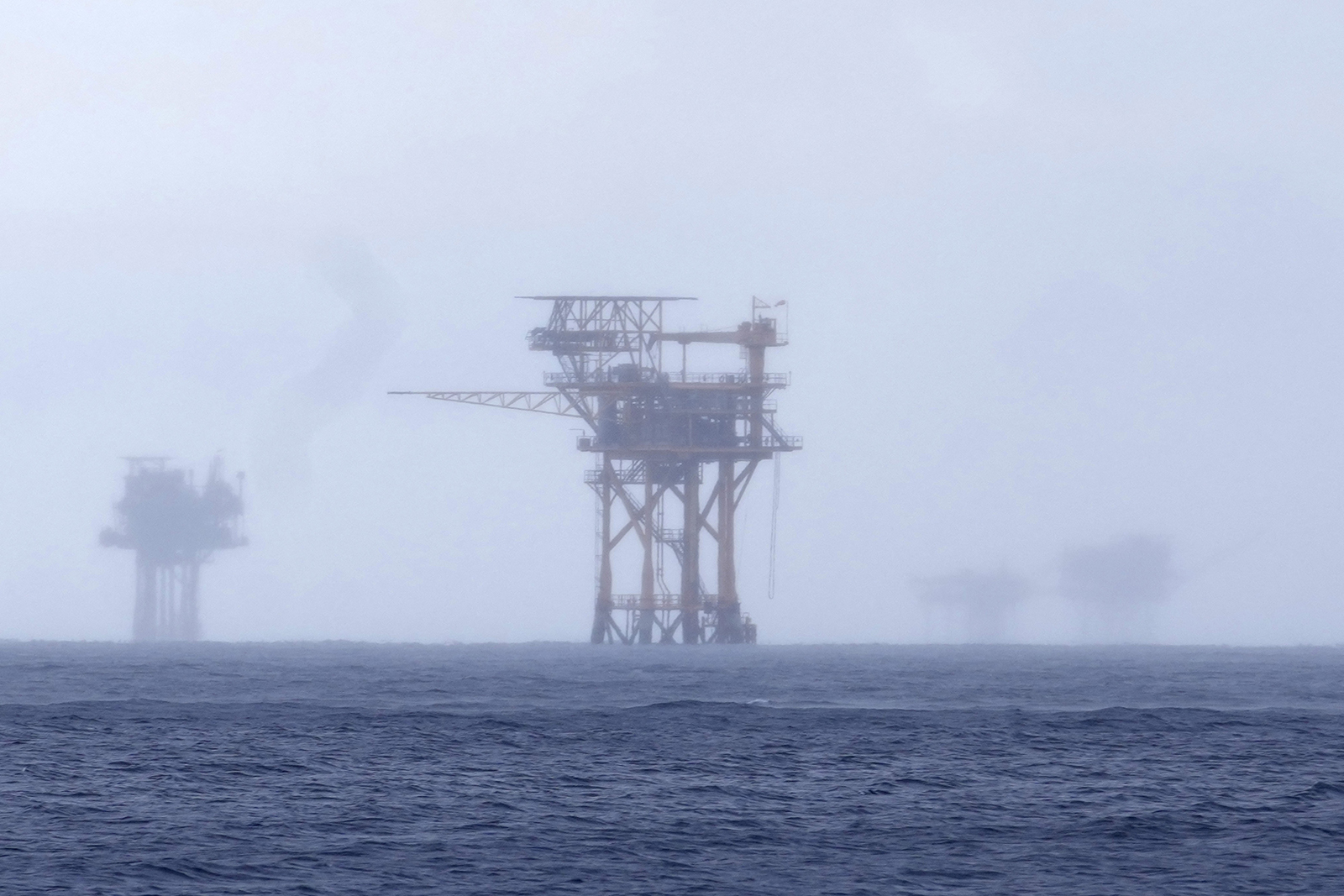
For now, the reef has thankfully avoided any catastrophic oil spills, but that doesn’t mean that oil hasn’t left its mark. In fact, the legacy of oil extraction, carbon emissions, and climate change are quite literally etched into the hard skeletons of the corals themselves.
“I think of that skeletal material as a little time capsule,” said Amy Wagner, a scientist who studies corals to find clues about Earth’s past.
Back when she was a graduate student in 2005, Wagner and a team of scientists came to Flower Garden Banks in search of one very specific type of coral, Siderastrea siderea. “They just look like a bunch of rocks on the bottom,” she said.
The team dove down 78 feet, to the peaks of these ancient mountaintops, and drilled a nearly 6-foot-long core of this slow-growing species of coral — a 250-year record of pollution, climate change, and even world events. “You start to drill in and, especially in that initial drilling, you’re getting the tissue layer of the coral,” Wagner said. “And you end up having a lot of fish come in, because it’s free food, right?”
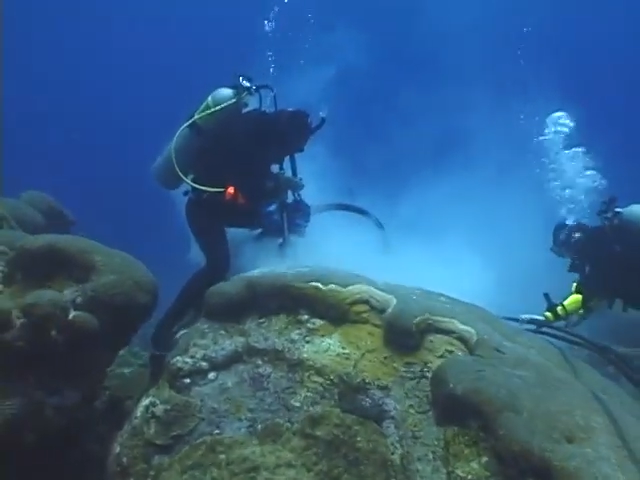
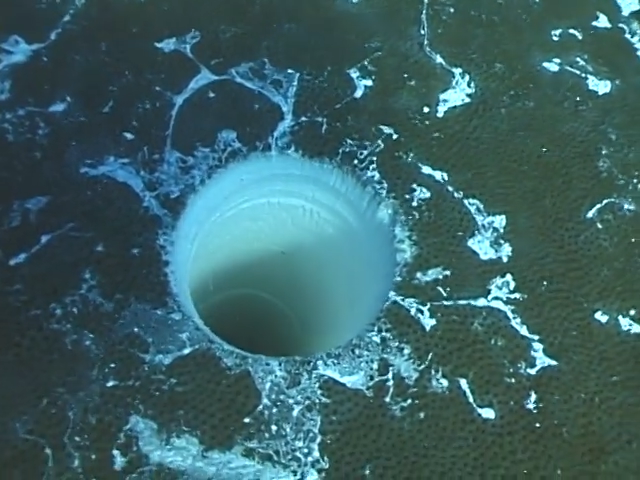
Amy Wagner’s team drills a coral sample from the Flower Garden Banks in 2005. Courtesy of Amy Wagner and John Halas
After hours of drilling, they patched up the hole and swam the 6-foot-long core to the surface. Back at the lab, they split open the core samples and x-rayed them. “They’re like trees,” Wagner said. “You can count the tree rings and go back in time. Corals produce these annual bands.”
Every year, the living coral organism lays down a new growth band, using the nutrients and minerals it pulls out of the seawater. Essentially, whatever’s in the seawater makes it into that year’s layer of coral skeleton. “So we have this long record of these little, tiny time capsules that are sort of locking in the ocean chemistry,” Wagner said.
Using a high-tech version of a dentist’s drill, Wagner and her colleague Kristine DeLong, a professor at Louisiana State University, collected a tiny bit of dust from each growth band. Then, like detectives, they analyzed different elements in the dust for clues, looking at the variations in the coral core over time.

Just like humans, corals build their skeletons out of calcium. But sometimes they make mistakes, accidentally grabbing look-alike elements from the seawater. One of those elements is barium, which is often used as a lubricant in offshore oil wells. During the 1970s energy crisis, oil drilling boomed in the Gulf of Mexico. And Wagner and DeLong could see that spike reflected in the barium levels in the coral: When oil prices crashed, production went down, and so did the barium.
There are many other histories scientists can see etched in this coral core. By looking at nitrogen, they can see the rise of fertilizer pollution from the Mississippi River. By looking at radioactive carbon, they can see the rise of nuclear weapons tests during the Cold War.
And the corals even tell the story of how fossil fuels are changing the climate — in the words of one scientist, “recording their own demise.” To see how, it’s important to know that carbon atoms aren’t all exactly the same. They actually come in a few different weights, depending on the number of neutrons in each carbon atom. A carbon atom with seven neutrons is called “heavy carbon,” while an atom with six neutrons is called “light carbon.” Plants prefer to use the light carbon for photosynthesis. So, inside of a plant, the carbon atoms tend to be a little bit lighter than those, say, inside of a volcano.
Fossil fuels come from ancient plants, which are full of light carbon. As fossil fuel emissions rise, the carbon atoms in our atmosphere are slowly getting lighter.

You can see this same trend playing out inside of the corals: The carbon in the coral slowly gets lighter in the band samples as the world burns more fossil fuels. As those fossil fuel emissions warm the climate, they put reefs around the world in danger.
Today, the Flower Garden Banks are still holding on, but they won’t be safe forever. As early as 2040, the Flower Garden Banks could start to see major bleaching events every summer. If we can reduce our emissions at a more reasonable pace, climate models say we might be able to buy an extra 15 to 20 years for the Flower Garden Banks — essentially doubling its window of time. That window would be critical for the sanctuary staff and independent scientists who are working hard to study and protect what might become one of the last coral reefs.
“Going to a place like Flower Gardens, it’s like — these corals, they’re still pretty darn healthy,” said DeLong. “Being able to manage those reefs and take care of them is important, because they may be the last ones we have.”
Recently, scientists at the Flower Garden Banks have started collecting corals from the reef and storing them in an onshore coral lab. The hope is to eventually bank enough coral here in case the worst happens.
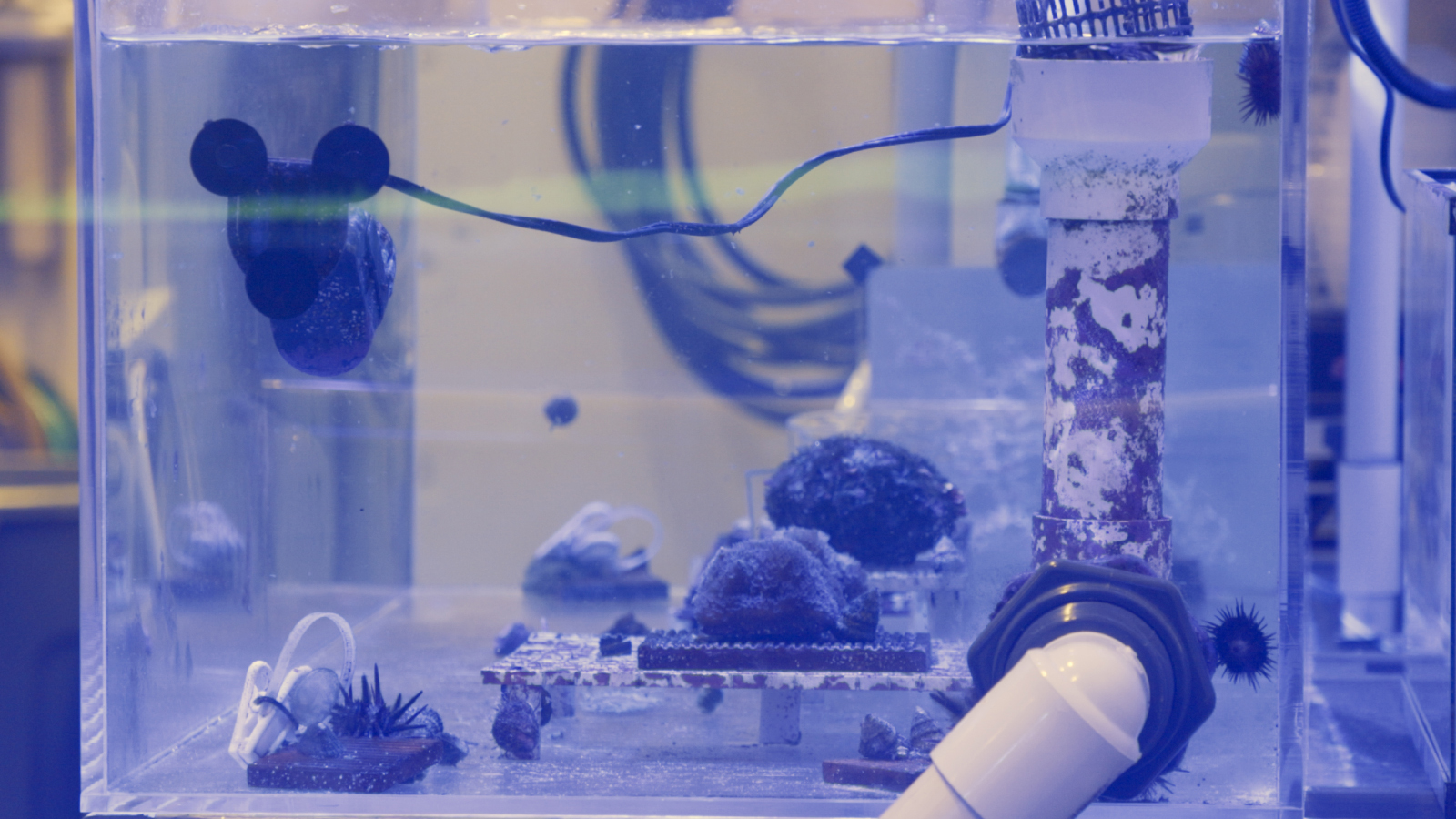
“It is a grim prospect,” Johnston said. “It’s better to be proactive and have some things banked versus getting into the situation where all the corals have bleached and died and we have nothing left. It’s my hope that nature can figure things out and things can adapt. I think the problem is that the climate is changing quickly enough that there might not be time.”
The Flower Garden Banks are a product of 10,000 years of slow, steady growth, capturing annual snapshots of our world, in small millimeter-sized chapters. The next few decades will be critical in determining just how much longer this reef will be able to continue its ancient undersea story.


